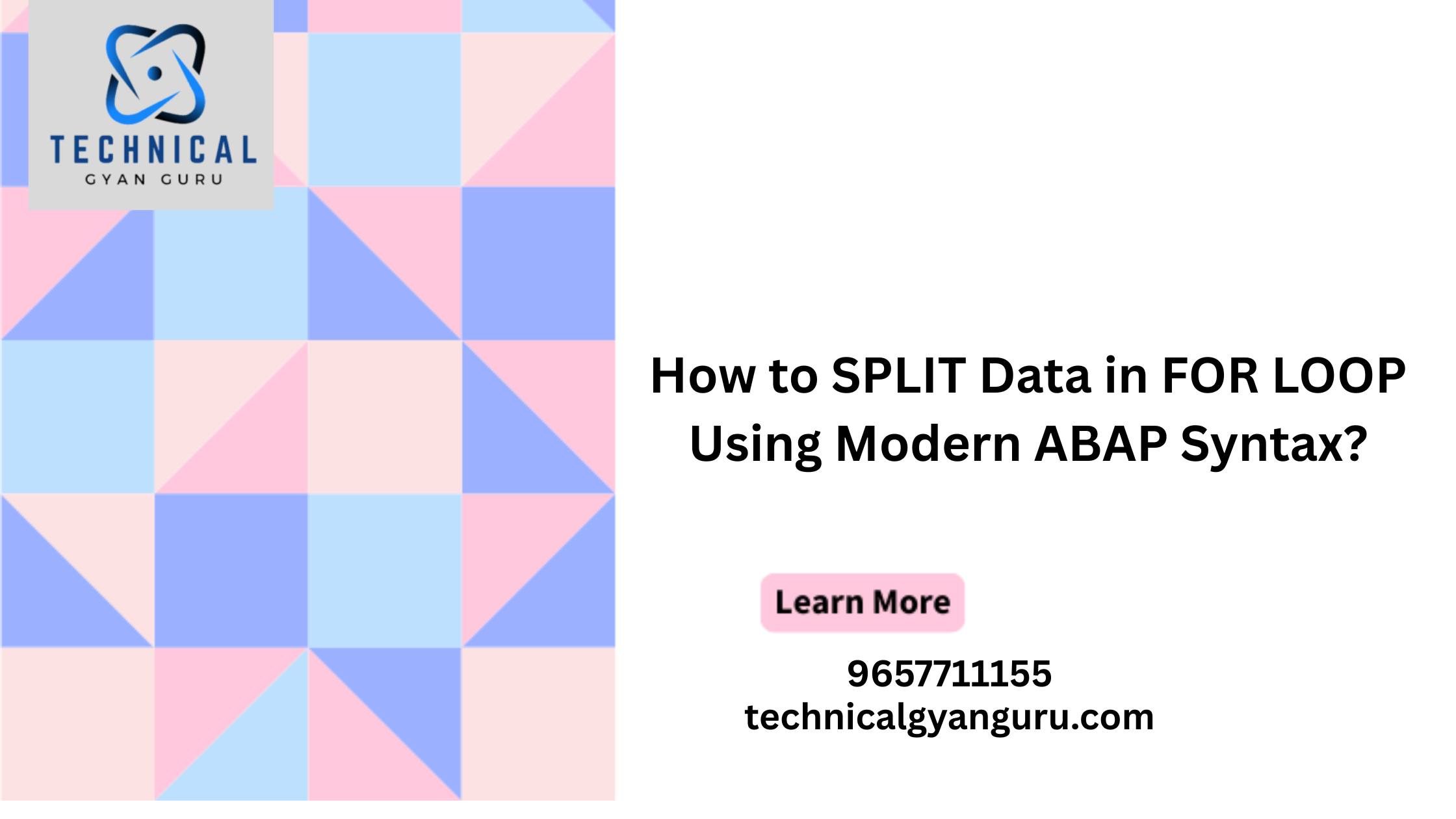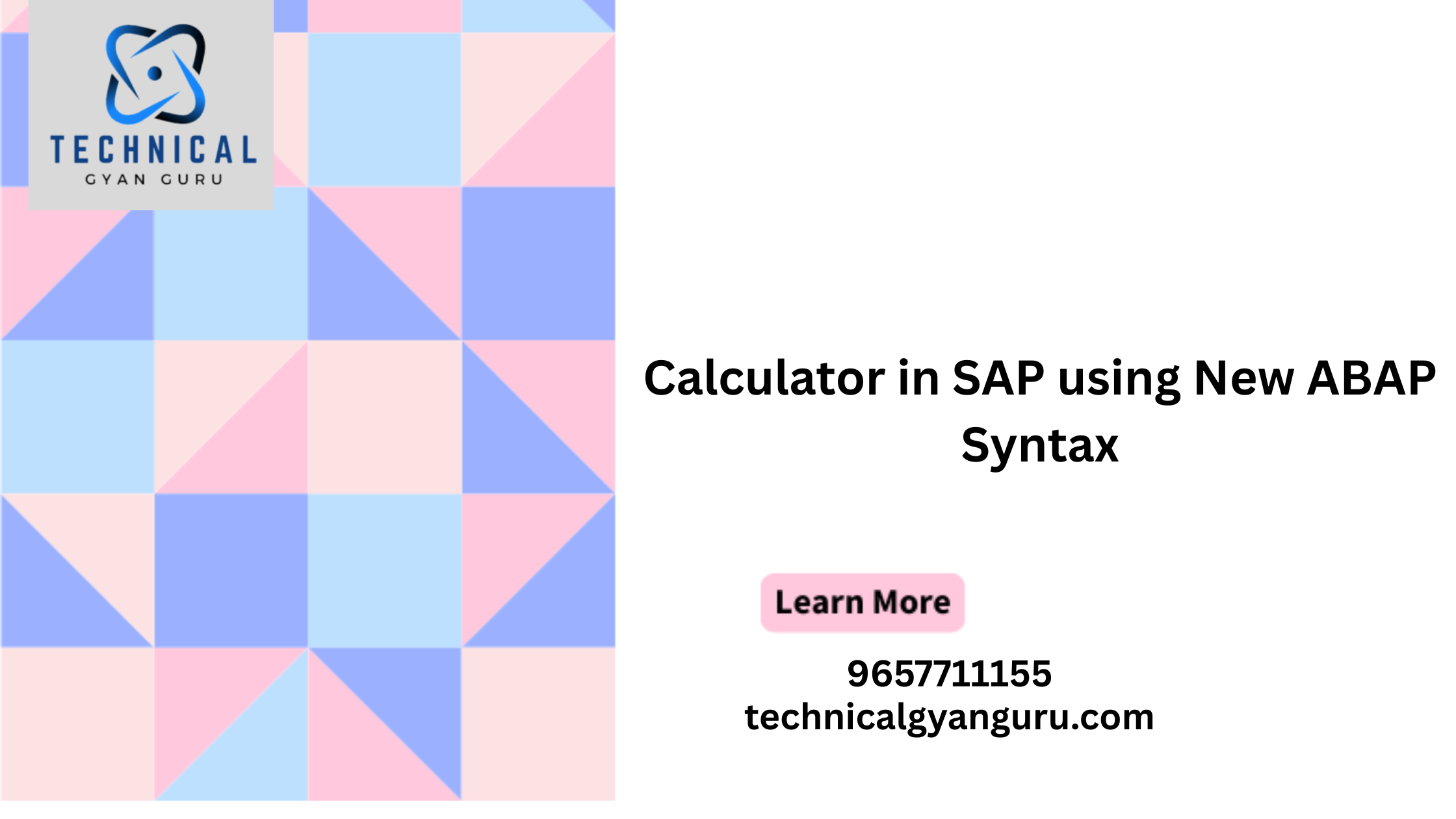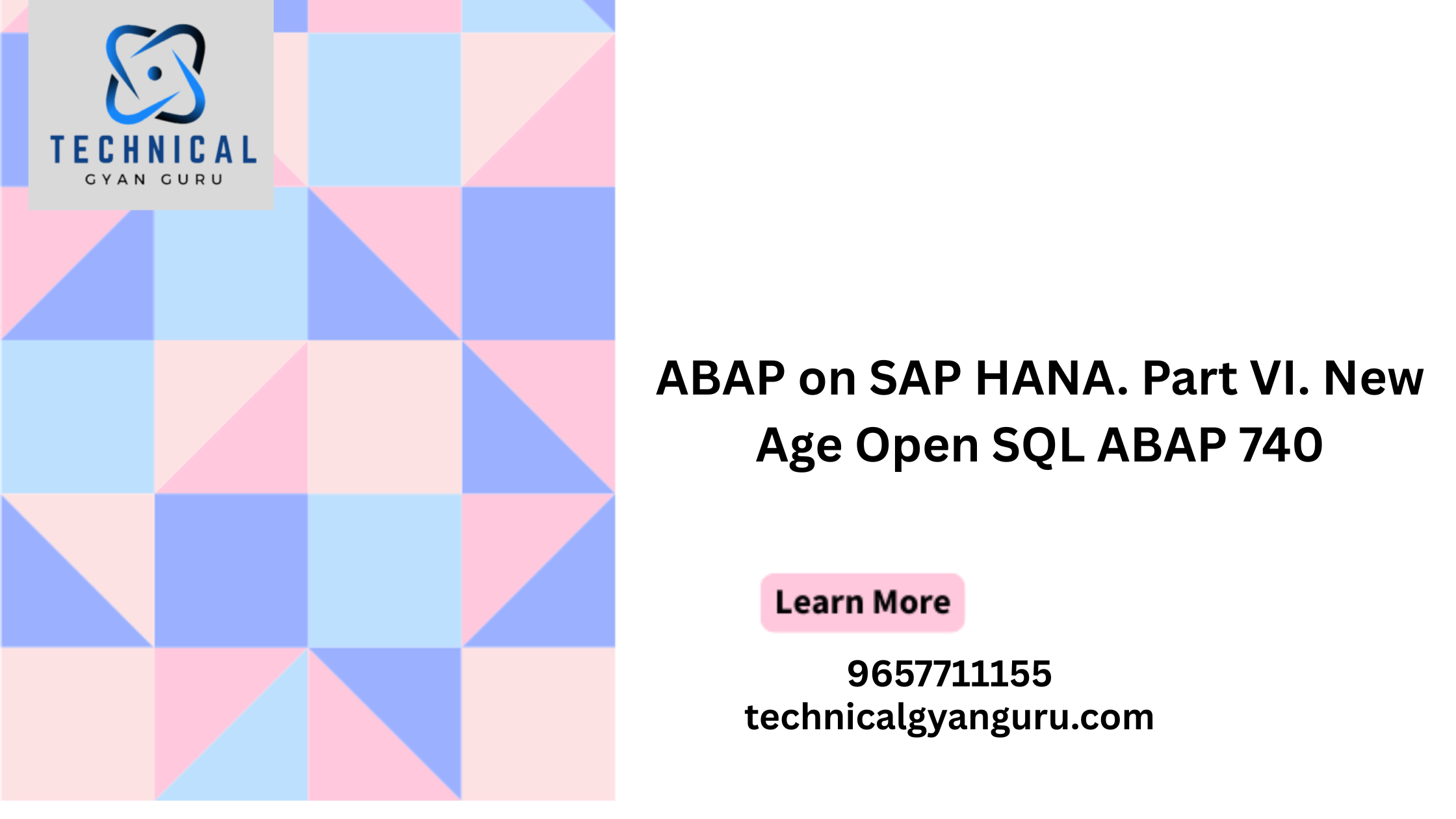
In the realm of data exchange, adhering to best practices is paramount to ensure seamless communication, interoperability, and security. OData, a powerful protocol for standardized data exchange, is no exception. This blog unveils a comprehensive set of OData best practices, guiding you toward building robust, efficient, and secure data-driven applications.
1. Choose the Right OData Version
OData has evolved over time, with versions like OData v2, v3, and v4. Choose the version that best aligns with your application’s requirements, features, and compatibility needs.
2. Plan Your Entity Model Carefully
Design your entity model (data structure) with precision. Ensure that it represents your data accurately and efficiently. Avoid overcomplicating your model, and consider the relationships between entities.
3. Use Descriptive and Consistent Naming
Name your entity sets, entity types, properties, and actions consistently and descriptively. This makes your OData service more understandable and user-friendly for both developers and consumers.
4. Implement CRUD Operations
Adhere to the fundamental CRUD operations (Create, Read, Update, Delete) while designing your OData service. Ensure that your data can be manipulated effectively while maintaining data integrity.
5. Utilize Query Options for Data Shaping
Leverage OData’s query options like $filter, $orderby, $top, $skip, and $select to shape the data returned by your service. This optimizes data transfer by requesting only the needed information.
6. Properly Document Your OData Service
Create comprehensive documentation for your OData service. Document the available entity sets, entity types, query options, and any custom operations or functions.
7. Secure Your OData Service
Implement robust security measures, including authentication and authorization, to protect your OData service from unauthorized access. Use HTTPS to ensure secure data transmission.
8. Implement Caching Strategically
Utilize caching mechanisms to improve performance and reduce the load on your server. Implement caching at different levels, including response headers and data retrieval.
9. Versioning and Compatibility
Plan for versioning in case you need to make changes to your OData service in the future. Consider using version numbers in your URLs or headers to ensure compatibility with existing clients.
10. Error Handling and Reporting
Implement meaningful error messages and status codes in your OData service’s responses. This aids clients in understanding and addressing issues effectively.
11. Optimize for Performance
Design your OData service for optimal performance. Optimize database queries, use pagination effectively, and minimize unnecessary data transfer.
12. Testing and Monitoring
Thoroughly test your OData service before deployment. Implement monitoring and analytics to track service performance and identify potential bottlenecks.
13. Consider Use of Libraries
Leverage OData libraries and frameworks that simplify implementation, handling complexities of OData protocol, and enabling rapid development.
14. Follow RESTful Principles
Since OData is built on REST principles, adhere to RESTful design practices. Use proper HTTP methods for each operation, and maintain statelessness in your service.
15. Continuous Improvement
Regularly review and refine your OData service based on feedback, usage patterns, and evolving requirements. Keep up-to-date with OData advancements and updates.
Conclusion
By embracing these OData best practices, you embark on a journey of building efficient, secure, and user-friendly data exchange solutions. Whether you’re developing web applications, APIs, or enterprise systems, integrating these best practices ensures that your OData service is optimized for performance, compatibility, and adherence to industry standards. As you navigate the world of OData, remember that following these practices empowers you to build robust, reliable, and future-proof data-driven applications.








